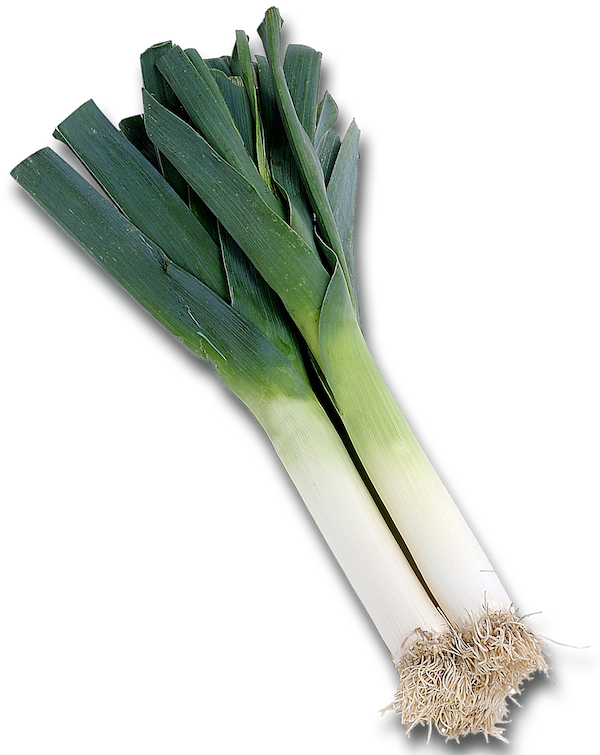Cheap Eats:
Cockaleekie
Thanksgiving is not the only big holiday in November — don’t forget St. Andrew’s Day (November 30). St. Andrew is the patron of Scotland, as Patrick is of Ireland, and those of us who are of Scottish descent look forward to an opportunity to listen to bagpipes, eat haggis, and join hands for the singing of Auld Lang Syne.
Last year’s holiday was made a bit more special by the homecoming of the Stone of Scone (pron. skoon). On St. Andrew’s Day 1996, the Stone went on display in Edinburgh Castle — which shows that good things come to those who wait. But where’s the stone been for the last 700 years?
If you saw Braveheart, you’ll know that King Edward I spent a lot of time hammering Scotland. When he swept into the Highlands in 1296, one really annoying thing he did was make off with the Stone of Scone. This was the ceremonial stone (Celts liked big rocks) on which the kings of Scotland were crowned, and it was Edward’s way of saying that he didn’t think there should be any more Scottish kings.
The Stone of Scone was stowed beneath the coronation chair of England, and all the kings and queens of England, from Edward II to Elizabeth II, sat over that stone during their coronations. (It gave the story a nice twist when James VI of Scotland became James I of England, and a Scottish king was again crowned sitting on the stone.) As Celtic culture declined in Scotland, the ceremonial significance of the stone decreased, but it has remained an important national symbol. Is it just a coincidence that it went back to Scotland so soon after the release of Braveheart? Hmm.

(As an aside: This Scone is completely unrelated to the scone you have with tea, which probably comes from a Middle Dutch word for bread, which is why, though spelled the same, they are pronounced differently.)
Scotland’s famous cockaleekie soup would traditionally be served as a soup course, with the chicken removed and served later, probably after the haggis. However, I like the more recent, semi-traditional versions that can, with the addition of salad and bread, be a whole meal. (Also, traditionally, you’d be boiling an old fighting cock with its head and feet still on — so I don’t think you’ll be too disappointed that this has been updated.)
There have been treaties and alliances between Scotland and France since 1295, and it is probably the French who introduced the leek into Scotland. (The Welsh got their leeks from invading Romans. The Scots managed to keep the Romans out. But 1300 years is a long time, so it’s possible that some Welshman wandered along with a leek before the French got to Scotland.)
The addition of prunes is an item of controversy — some see them as immutable tradition, others view them as pollutants. I like the vaguely wine-like undertones they give the broth. You can make your own decision. If you opt for prunes, you need to use ones that still have their pits; if the prune has been pitted, the insides dissolve and make the broth muddy. Though I add prunes while cooking, and enjoy eating them myself, I recommend leaving them in the pot if serving this dish to guests, since a pit can be an unwelcome surprise in the midst of feasting.
This is the sort of dish that will warm you when you’ve been striding through those highland mists, or raking the leaves. Boil up a pot, put on a bagpipe recording, and enjoy.
Cockaleekie
1 chicken (3½ to 4½ lbs)
8-10 large leeks
2 14½ oz. cans chicken broth
2 14½ oz. cans beef broth
2½ quarts water
1 tsp. salt
½ tsp. fresh ground black pepper
1 tsp. dried thyme leaves
½ cup barley
12 whole prunes (with pits)
Wash the leeks thoroughly, checking for hidden pockets of sand. Slice the whites and 2 or 3 inches of the green stems (staying well clear of the leaves) into ½-inch rounds.
Wash the chicken inside and out under cold running water. Remove and discard any chunks of fat from the cavity, and place the chicken in a 10- to 12-quart pot. Pour in the broth and water and bring to a boil over high heat, skimming the foam and scum that rise to the surface. When scum stops forming, add the leeks, salt, pepper, and thyme, and reduce heat to low.
Partially cover the pot and simmer for 2 hours. Add the barley and simmer for an additional ½ hour. Add the prunes, and simmer for another ½ hour. By this time, the chicken will be almost falling apart. Transfer it to a platter (carefully). With a large spoon, skim as much fat as possible from the surface of the soup.
When the chicken is cool enough to handle, remove and discard the skin. Pull all the meat from the bones, and cut it into small pieces, then return it to the soup. Simmer for 2 or 3 minutes to heat the meat through, then taste the soup for seasoning.
When serving, chopped parsley is the most common garnish. This soup freezes well.
This makes about 4½ quarts.
Notes:
If your chicken is packed with giblets, and most are, you can (if you like them) add all giblets EXCEPT the liver, to the soup. Three different sources underscore the necessity of leaving it out. Though no reason was given, it’s probably just that liver has such a strong flavor, and leeks are pretty delicate.
Also, if the prunes are moist and plump, they can go straight into the pot. If they’re dry and hard, soak them in hot water for ½ an hour before adding them to the soup.

